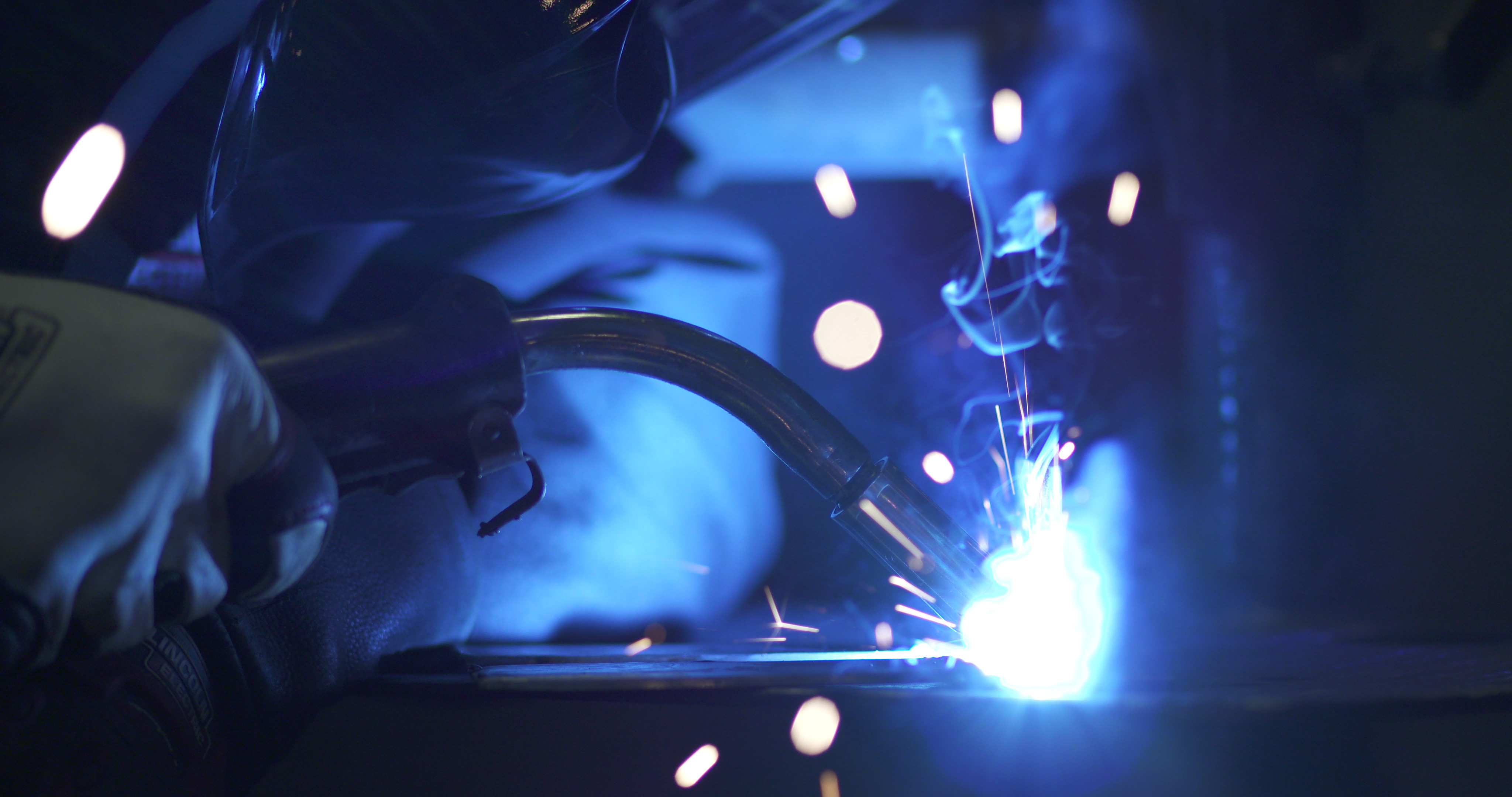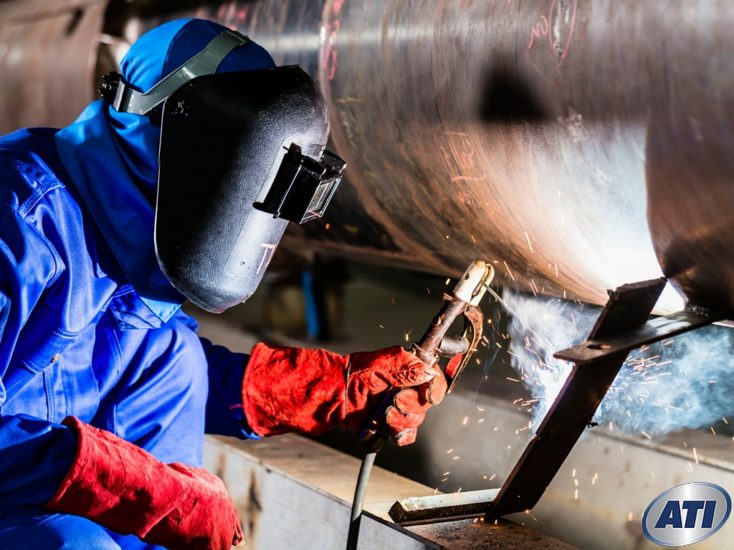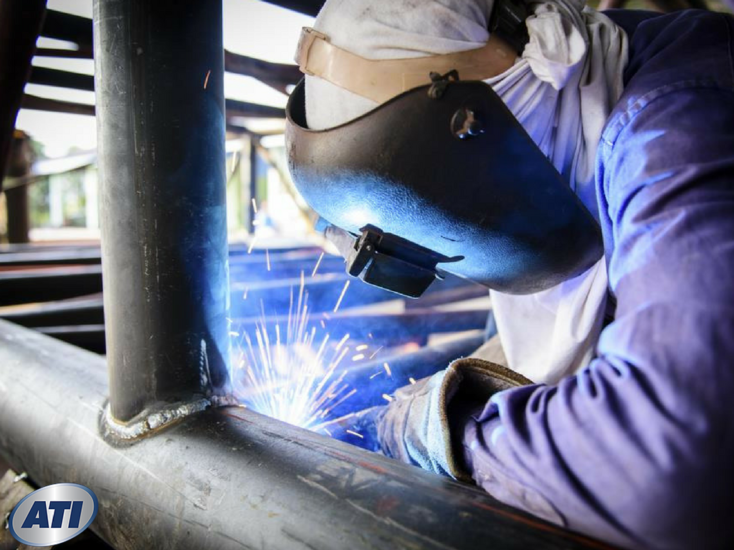How Long is Welding Training and What Can I Expect?

The country needs more welders.
Apparently communities across the United States are suffering from a shortage of welders, and it’s affecting the bottom lines of long list of industries: manufacturing, construction, ship and boat building, industrial maintenance and repair.
All of these industries (and more) are in need of individuals who have the skills, knowledge, and training to permanently join two metals together.
Could it be you? Could you be the next person to accept a job that’s as rewarding as it is interesting? It certainly could be, if you have the credentials.
You’ll need to take some steps to learn the trade, hone your skills, and give prospective employers the confidence that you have what it takes to do the job.
Here’s a three-step plan for launching a career in welding:
1. Find the right training program for you
Welding is an exciting career path because you never know where it might take you and what you might be working on. You could be a maritime welder or you could be working on airplanes or you could be working on any number of things in between.
It’s a career that can literally take you to from the depths of the sea to the highest points in the sky–but only if you have the skills and knowledge it takes to succeed.
That’s why finding the right training program is so important.
Sure, you can try to learn all by yourself or enroll in some training program that isn’t accredited and won’t allow you to earn an Associate in Occupational Science degree. But you probably won’t learn as much, develop as many skills, or have as many career options once you’re done.
And you won’t be saving all that much time, either.
If you enroll in an accredited welding school, you could have your degree and be ready to start applying for jobs in as little as 21 months–and you could learn everything you need to know in order to embark on a successful career:
- shielded metal arc welding
- gas metal arc welding
- gas tungsten arc welding
- flux core arc welding
- shielded metal arc welding for structural jobs
- all other types of welding, including maritime welding.
When you earn your degree, you’ll have the skills and knowledge it takes to both get your first job and succeed at it.
.jpg?width=4096&height=2160&name=ATI-Welding-022720-%20(4).jpg)
2. Go further
Welding, like every other profession, is really about business. And you are going to want to know a thing or two about business before you step into the real world for your first job.
Having a solid understanding of business principles and practices could give you options. You could go into management someday. You could start your own business. Or, at the very least, you’ll be able to advocate for yourself when it’s time to talk dollars and cents with the people who sign your paychecks.
In an accredited welding school, you could go further than just learning how to weld, you might also learn about business by studying:
- ethics in accounting
- computer applications
- service management
- a lot more
Learning about business while in welding school helps you go further in your career.
3. Get your credentials
Do you want a job, or do you want a career?
That’s the question you’re going to want to ask yourself as you begin to get serious about a career in welding. One will get you a paycheck every two weeks, the other will provide career growth, long-term satisfaction, and a lot more employment opportunities.
Welders who want careers tend to be those who achieve American Welding Society certification. There are nine from which to choose, including inspectors, fabricators, and welding engineers.
Getting certified opens up a world of opportunities, and you’ll be able to earn them while in school if you earn your Associate’s Degree in Occupational Science.
So why wait to get your credentials until after you’ve completed your training when you can save time and do it all at once?
Ready to get started?
The country is in need of people who have the skills, knowledge, and credentials to be welders. The jobs are out there. All you need to do now is get trained up and ready to go.
If you want to earn an Associate of Occupational Science in Welding Technology with Service Management, you could enroll in ATI’s program. If you’re ready to get started, connect with the Advanced Technology Institute today.
Industry Knowledge
Welcome to the Advanced Technology Institute's Blog, your resource for industry insights and discussions on technologies shaping the future of automotive, heavy vehicle, hvac, welding, and other related career paths.
Explore how ATI's curriculum and hands-on learning opportunities can propel your career in the tech-driven world.


